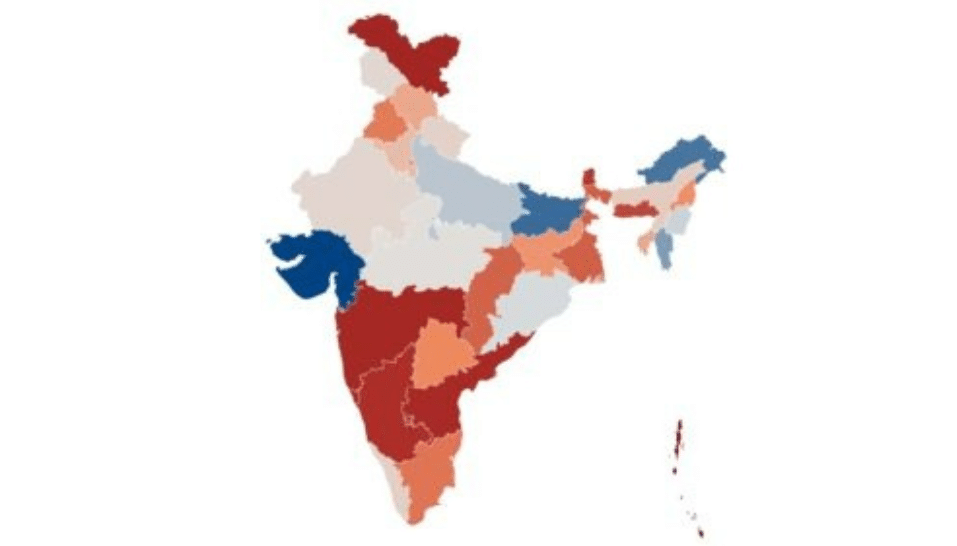Maharashtra, with a fifth of India’s caseload, has a 14-day mean positivity rate of nearly 18 percent. Only seven Indian states have recorded a mean positivity rate below five percent. Of these, three have managed to maintain the rate for the last two weeks.
Seven months since the first case was reported, COVID-19 continues to flare up across India. The second-most populous country in the world has consistently reported growing cases of the novel coronavirus infection.
One number that is often cited is the “percent positive”, or the “positivity rate”, which as the name suggests refers to the percentage of COVID-19 tests that come out positive. The crude math for this would be to divide the total number of confirmed cases by the total number of tests conducted, expressed as a percentage.
The positivity rate is a critical measure as it gives an indication of whether the levels of testing are keeping up with levels of disease transmission. A high percent positive implies higher transmission – there are people infected with the SARS-CoV-2 in the community who haven’t been tested yet.
Governments and public health officials rely on the testing data to track the state of the infection in the community. The World Health Organization (WHO) has said that the positivity rate should remain below five percent for at least two weeks before governments consider relaxing restrictions or opening up.
The distressing picture
Testing numbers as of August 25, 2020, do not paint a pretty picture. Maharashtra, with a fifth of India’s caseload, has a 14-day mean positivity rate of nearly 18 percent. Only seven of India’s states and union territories recorded a mean positivity rate below five percent. Of them, only Arunachal Pradesh, Bihar, and Gujarat have maintained the rate below five percent for the 14-day duration.
From a few thousand tests in select labs in March to nearly a million tests a day across over 1600 government and private setups – COVID-19 testing in India has come a long way. But this is a country of 1.35 billion and the total tests conducted stand below 40 million so far. A million tests a day still means that it’ll take over three years to test the entire population. Clearly, there is a lot that remains to be done.

















